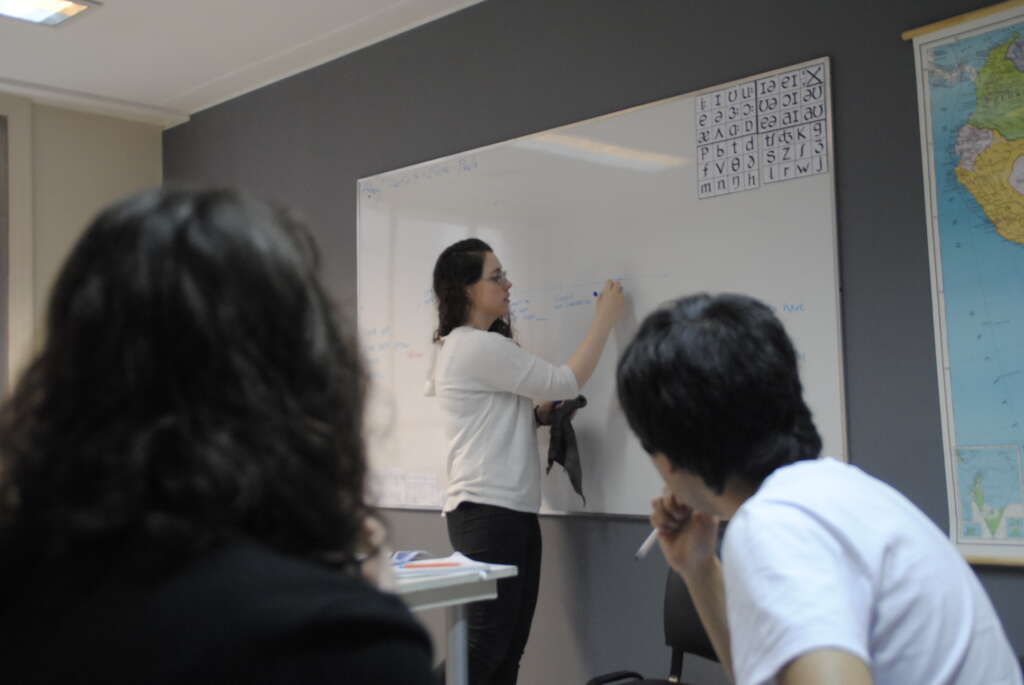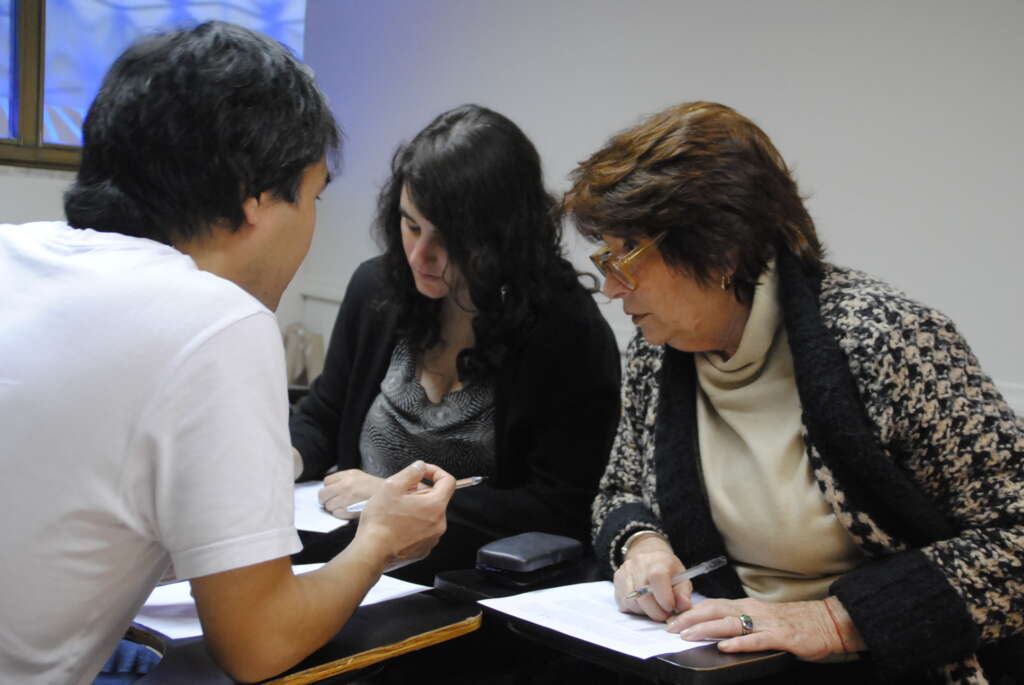Adapting Lesson Plans for Different Age Groups: A TEFL Teacher’s Guide
One of the most exciting—and occasionally challenging—aspects of teaching English abroad is the diversity of your classroom. As a TEFL teacher, your students might range from excitable kindergarteners to focused business professionals. Each age group brings unique needs, energy levels, learning styles, and attention spans to the table. That’s why it’s crucial to adapt your lesson plans accordingly.
Whether you’re teaching kids in Korea, teens in Spain, or adults in Costa Rica, a one-size-fits-all approach won’t cut it. Here’s how to tailor your lessons effectively by age group to keep your students engaged, learning, and having fun.
Young Learners (Ages 4–7)

Key Characteristics:
- Short attention spans (think 5–10 minutes per activity)
- High energy and need for movement
- Developing motor skills and early literacy
- Learning mostly through play and repetition
Lesson Planning Tips:
- Use songs, chants, and games – These keep little learners engaged and reinforce vocabulary through rhythm and repetition. Classics like “Head, Shoulders, Knees and Toes” are golden.
- Incorporate visuals – Flashcards, puppets, and picture books are essential tools. Young learners respond best to colorful and interactive visuals.
- Keep it short and varied – Break lessons into bite-sized chunks. Five minutes of vocabulary, followed by a game, then a quick drawing or matching activity.
- Total Physical Response (TPR) – Use gestures and movement to teach new words. Have students jump, clap, or act out vocabulary to help with retention.
- Routine matters – Consistency helps children feel secure. Start each class the same way with a hello song or calendar routine.
Example Activity:
Play “Simon Says” to teach body parts or action verbs. It’s fun, fast-paced, and reinforces vocabulary without them realizing they’re learning.
Older Children (Ages 8–12)

Key Characteristics:
- Better reading and writing skills
- Still enjoy games but can handle slightly more structured tasks
- Starting to form opinions and express themselves more clearly
Lesson Planning Tips:
- Introduce projects and storytelling – Try story sequencing, comic strip creation, or simple writing prompts like “My Dream Pet.”
- Mix games with learning goals – Spelling bees, vocabulary bingo, or “Who Am I?” guessing games are hits.
- Use themes – Planning lessons around topics like animals, space, or food helps create context and makes language more memorable.
- Start group work – Simple group tasks build teamwork skills and reduce speaking anxiety.
Example Activity:
Create a class “English Passport.” Each student completes pages about their hobbies, favorite food, and family using simple sentences and drawings. It makes a great keepsake and reinforces sentence structure.
Teenagers (Ages 13–18)

Key Characteristics:
- Highly social, often self-conscious
- May resist “childish” activities
- Interested in pop culture, current events, and peer approval
Lesson Planning Tips:
- Tap into interests – Use music, movies, YouTube clips, and memes to engage them. Try activities based on song lyrics or film scenes.
- Encourage debate and discussion – Topics like “Is social media good or bad?” can provoke thoughtful conversations and vocabulary growth.
- Use real-world tasks – Have them design a travel brochure, write an email, or create a vlog script.
- Group and pair work – Students feel more comfortable speaking with peers, and it reduces pressure.
Example Activity:
Divide students into teams to create their own “English Talk Show.” Assign roles like host, guest, and audience. It’s creative, collaborative, and a great way to practice conversational English.
Young Adults (Ages 18–30)

Key Characteristics:
- Motivated by academic or career goals
- Independent learners who want relevance
- Comfortable with abstract thinking and complex topics
Lesson Planning Tips:
- Focus on real-life applications – Include resume writing, interview roleplays, or presentations.
- Offer choice – Let students pick topics for essays or presentations. Autonomy increases engagement.
- Use authentic materials – Incorporate newspaper articles, TED Talks, and blogs to develop comprehension and critical thinking.
- Correct constructively – Most adult learners want error correction to improve fluency, but it should always be supportive and confidence-building.
Example Activity:
Assign a mock job interview. Students prepare answers, practice in pairs, and then perform interviews for the class. It’s practical and builds confidence.
Mature Adults (30+)

Key Characteristics:
- Motivated but possibly nervous about learning
- May feel out of place or overwhelmed in a classroom
- Value professionalism, patience, and clarity
Lesson Planning Tips:
- Be respectful and professional – Adult learners appreciate a structured, respectful classroom dynamic.
- Relate to their lives – Use scenarios like banking, shopping, or workplace communication.
- Encourage peer teaching – Pairing stronger learners with those needing help builds a collaborative environment.
- Prioritize fluency and function over fun – While games are still useful, the focus should be on practical communication.
Example Activity:
Use roleplay to practice making an appointment or ordering at a restaurant. Follow it with a reflection on what language worked well or what could be improved.
Final Thoughts

No matter the age group, the best TEFL teachers meet learners where they are. By adjusting your lesson plans to suit developmental stages, learning styles, and student interests, you can create a classroom where everyone thrives.
At myTEFL, we prepare our graduates not only with the theoretical foundations of teaching, but also with practical tools to adapt in real-world classrooms around the globe. Whether you’re headed to a kindergarten in Vietnam or a university in Chile, your TEFL journey will be all the more rewarding when you can connect with your students in meaningful, age-appropriate ways.
Need more tips on classroom management or adapting lessons abroad?
Check out this helpful guide from TeachingEnglish | British Council for even more insights.
Want to find your perfect teaching destination? Visit myTEFL’s job placement page and get started on your adventure today!
